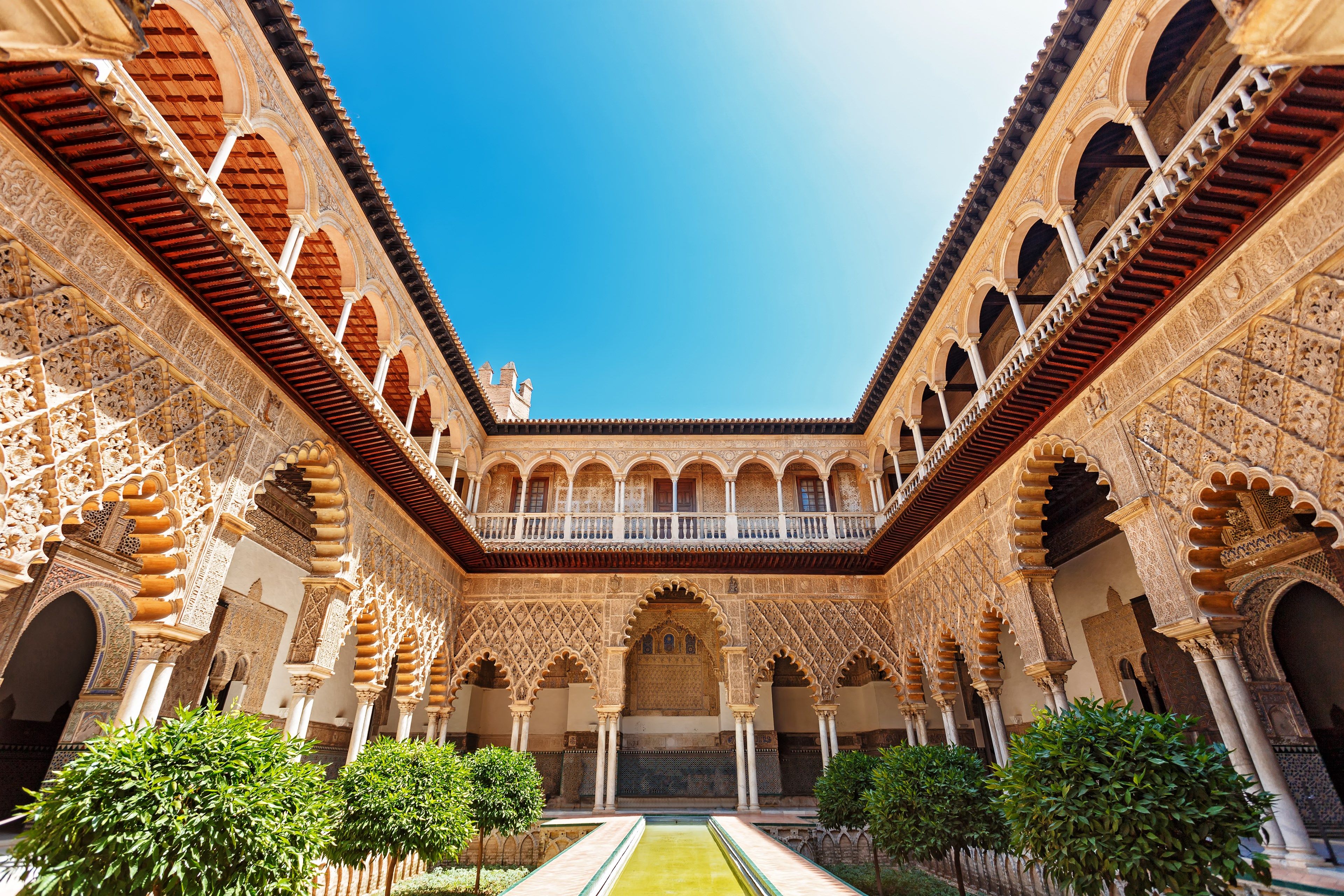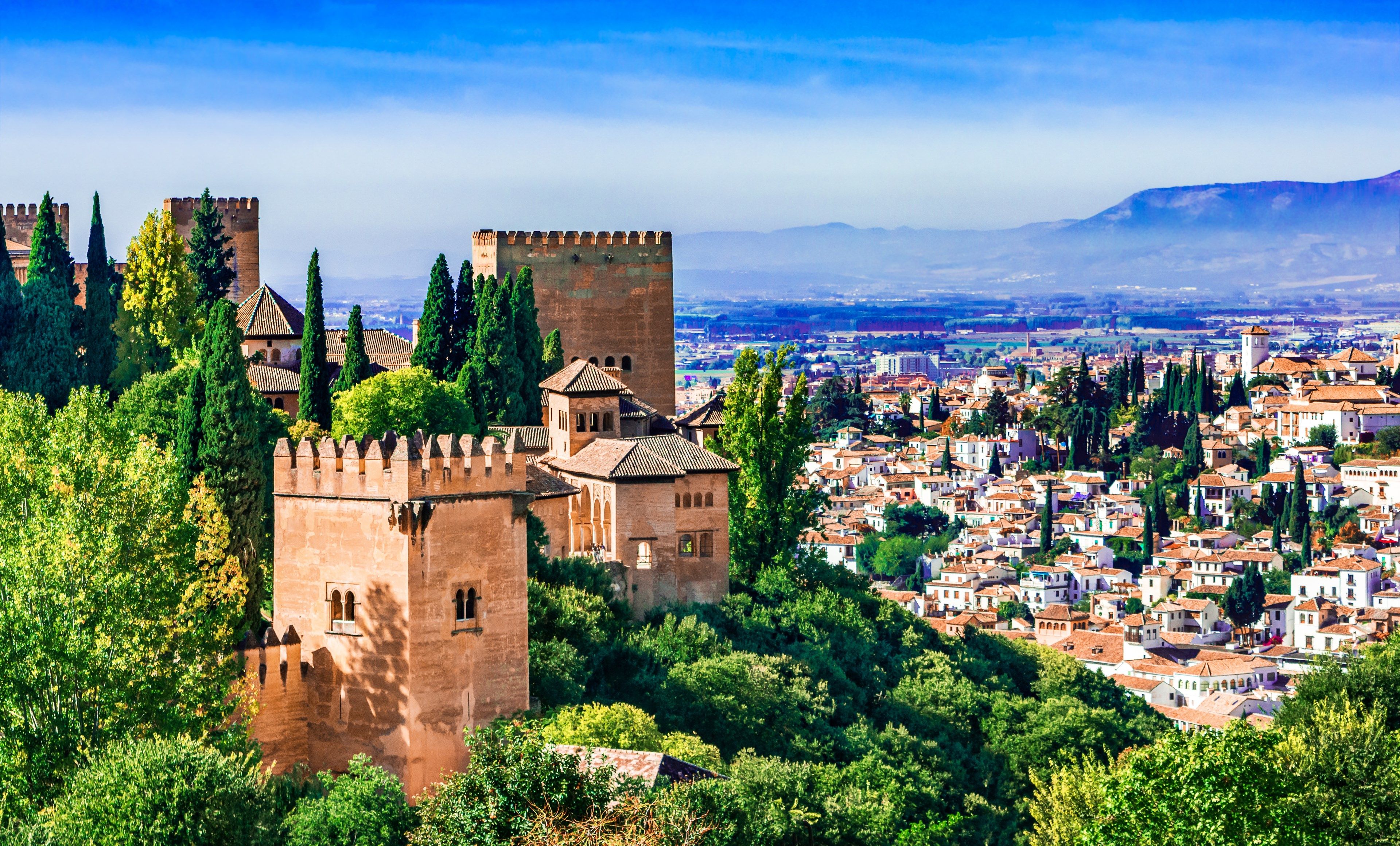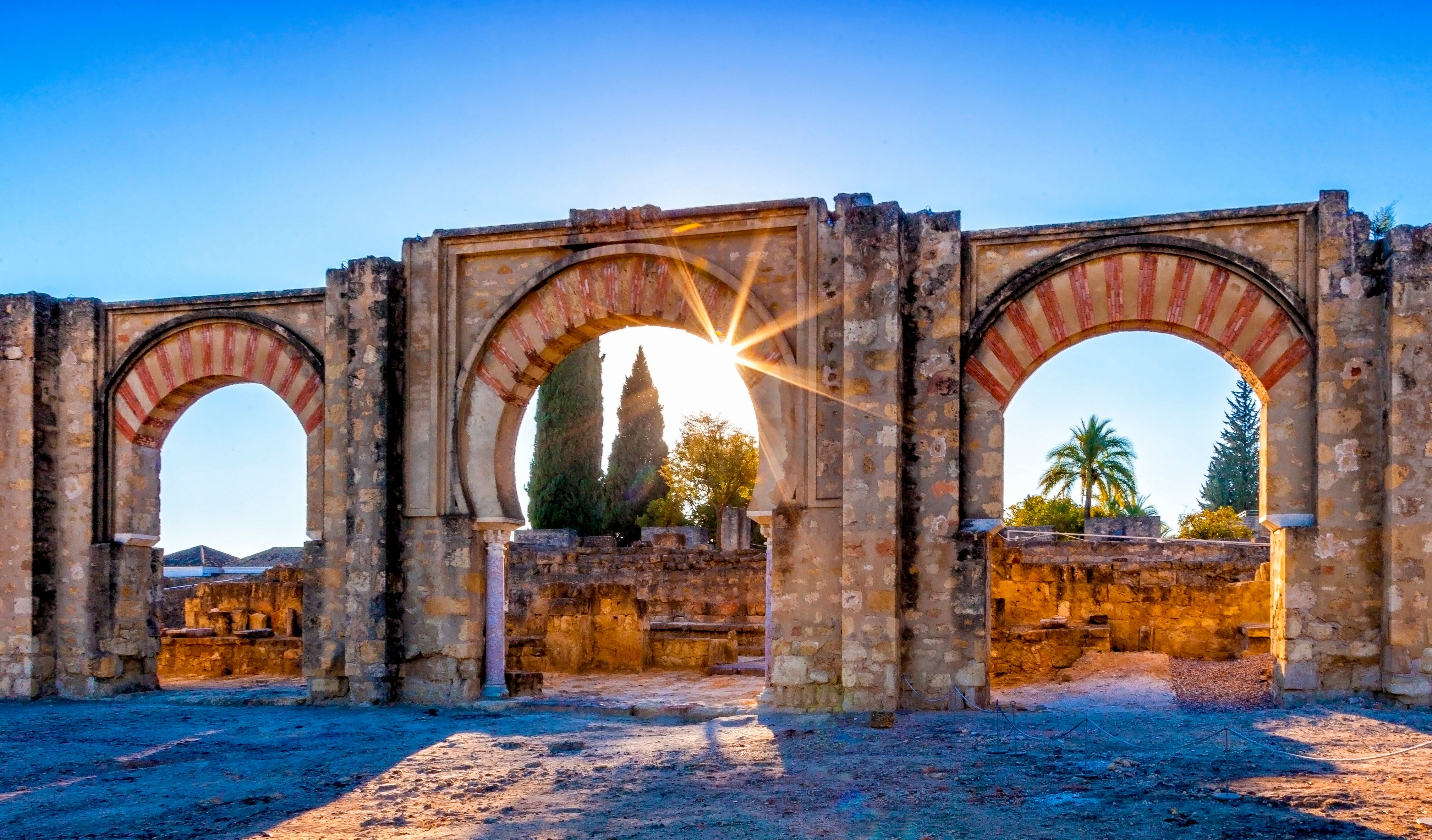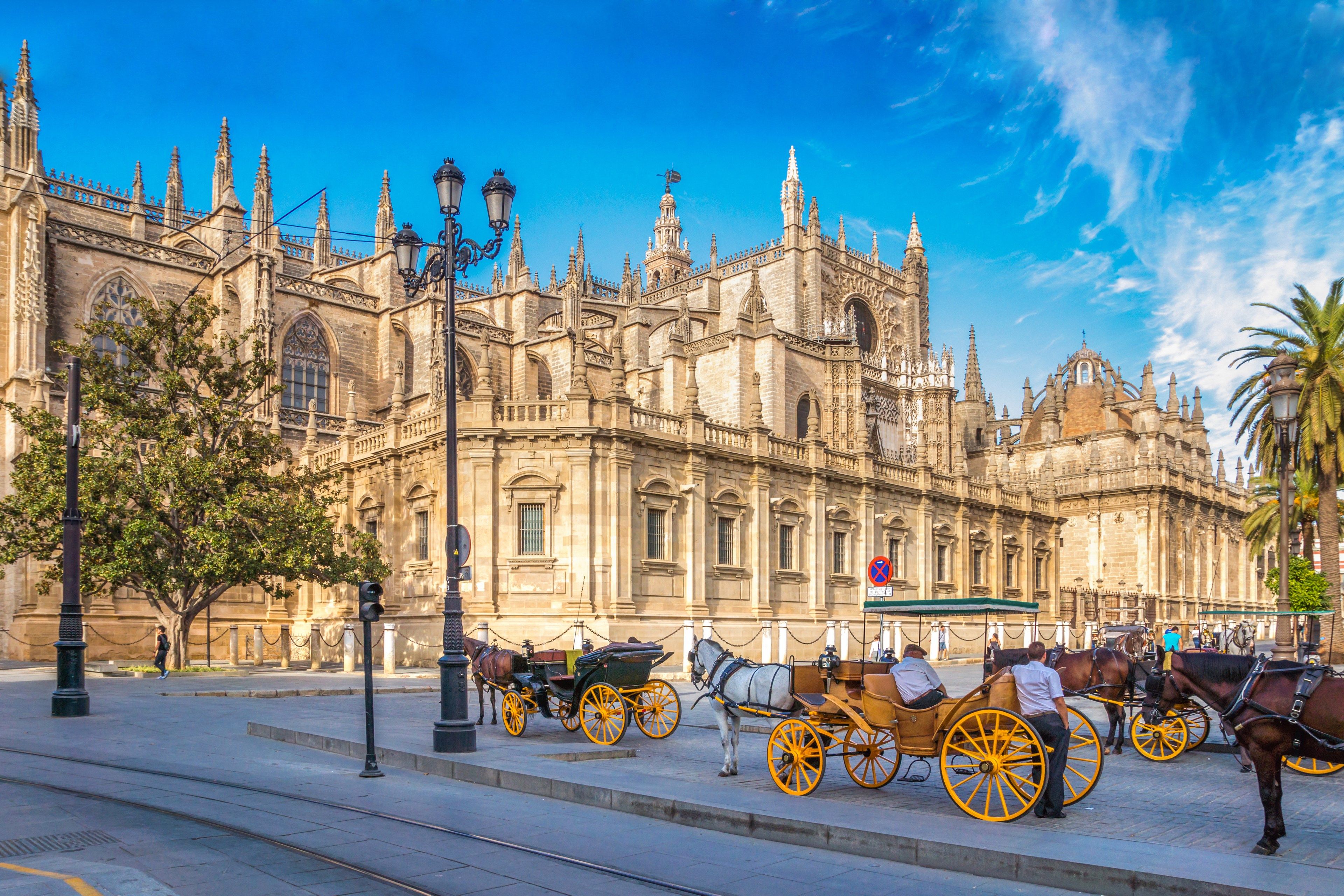Morocco & Andalucía

Summary
Where Africa & Europe meet
Separated by only a narrow body of water, Morocco and Andalucía have exchanged peoples and cultural ideas for millennia. Not only were both countries united by the Roman empire in antiquity, but Berbers were key to the initial Islamisation of Spain, just as the Berber Almoravids and Almohads were instrumental in stopping the advance of the Catholic reconquest of Spain in the 11th and 12th centuries. It is in Al-Andalus where Islamic art and traditions reached their apogee in Europe. This cultural exchange produced a wonderful, shared architectural language, involving a variety of instantly recognisable decorative elements such as horseshoe arches, zellij tilework and muqarnas. On this tour of a lifetime, you will explore the nexus between Africa and Europe, starting in the Roman period and continuing to the expulsion of Muslims and Jews in the reign of Ferdinand and Isabella. You will explore unforgettable Roman ruins in both continents at Volubilis and Italica, and stunning Moorish architecture in the medinas and palaces of Fez and Marrakech, as well as in the palaces of Sevilla and Malaga. Standing in the wondrous Cathedral of Cordoba or in the Alhambra in Granada, you will experience centuries of culture which transcend boundaries between Europe and Africa, between Christian and Muslim.
What to Expect
- Explore the extensive ruins of Volubilis, one of the most important archaeological sites in North Africa
- Visit Fez with its UNESCO listed Medina and its historic buildings and medieval museum
- Examine the site of Gadir which includes remains from the Phoenician and Roman periods
- View the extraordinary site of Granada, the last bastion of Muslim culture in Andalucía




